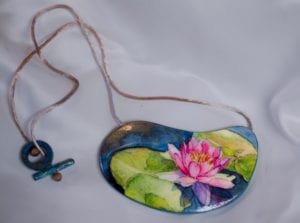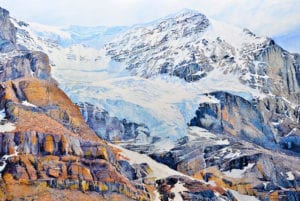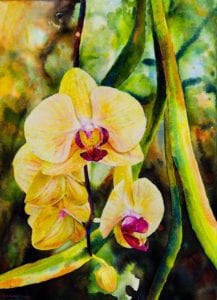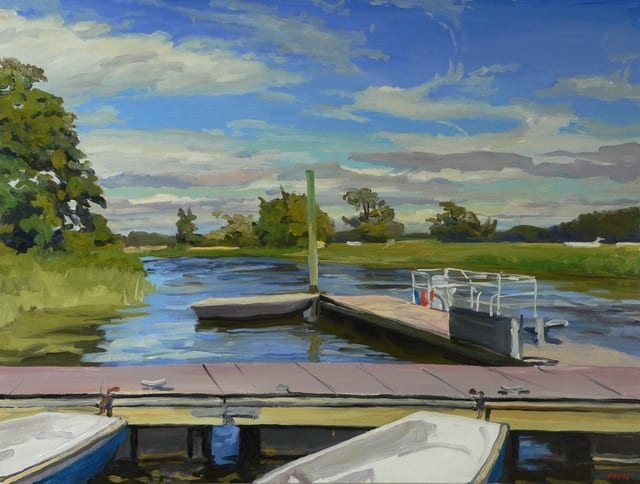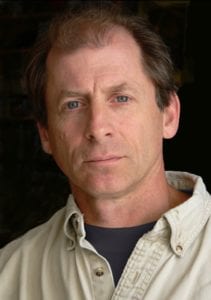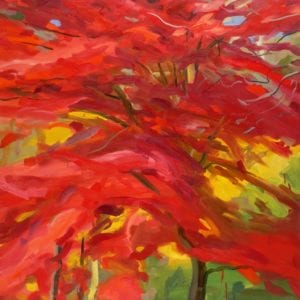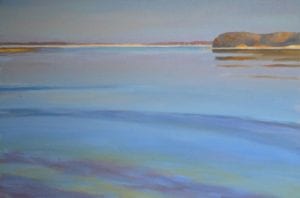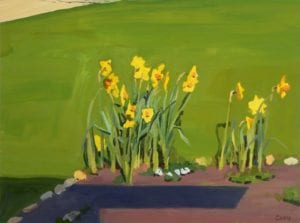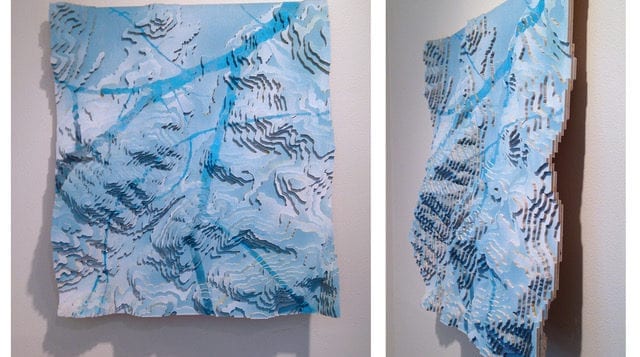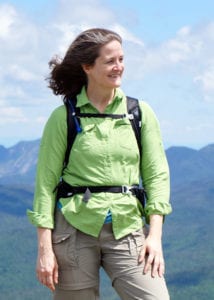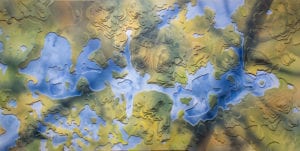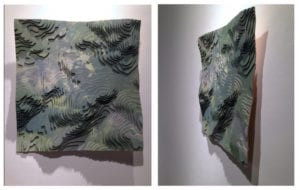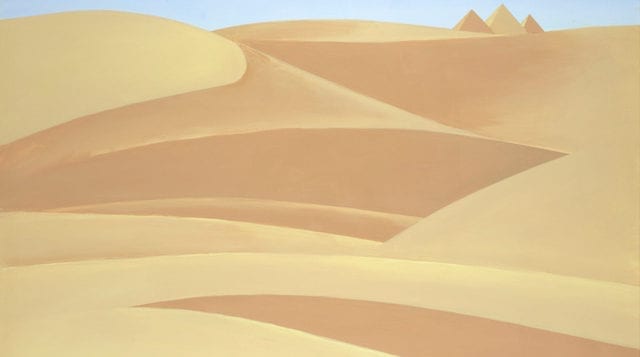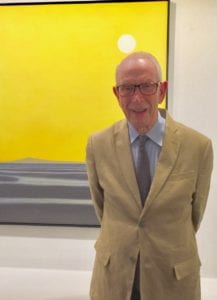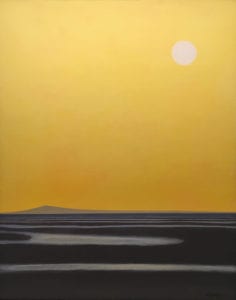Artist statement: ‘My process melds classic photography with digital energy, creating a medium I call interpretive photography’ — Mac Titmus
By Irene Ruddock
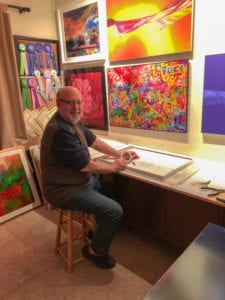
Mac Titmus is a photographer whose work melds classic photography with evolving digital art. He graduated from Adelphi University with a bachelor’s in English and a master’s in education/psychology. After a career in education, he retired to pursue his lifelong passion for photography. Titmus has won dozens of awards with his work appearing on magazine covers as well as being a distinguished judge. He is a leader in the art world and is currently vice-president of the North Shore Art Guild. He resides in Coram with his wife Mary, whom he calls his “best friend.”
You describe your photography as ‘interpretative photography.’ Can you elaborate on that?
“Interpretative photography” is a medium that pushes photography in an exciting new direction: one that defies rules and ignores the limitations of in-camera photography. It takes advantage of and explores the evolving techniques of the digital medium. The result is a fluid art form that merges proven old-school photography with the revolution of new-age photography.
What motivated you to begin to expand from the traditional view of photography to the more interpretive digital work?
When the desktop computer became available, I found I had a natural programing ability and quickly merged the two. Digital photography allows me to create what I once spent hours trying to produce in the darkroom.
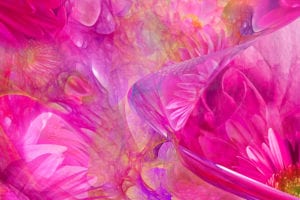
What methods do you use?
My methods are really the same as most two-dimensional artists, the only difference is substance. Digital art is created on transparent canvas layers on a computer rather than paper or canvas. The tools and the artistic instincts are the same: the use of pens, brushes, canvas, color, motion, balance and light.
You have said that you combine motion and color with energy, which makes for an exciting experience for the viewer. Why is this combination important to your art?
I naturally see emotions as color and use it as a language expressing passion, fear, anger, joy or sadness. This reveals itself as shades from vibrant to subdued in my photographs.
What is the single most important thing about your photography that makes it stand out among others?
Without a doubt it would be my strong use of color to express emotion. I use colors as both harmony and conflict, hoping to bring out unaware emotions in people.
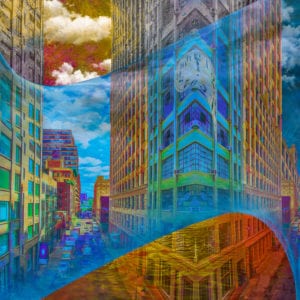
You have so many incredible awards. Is there one that stands out as a favorite accomplishment?
Every award is a wonderful validation, but without a doubt, my first-place award in the Wounded Warriors Benefit at Hutchins Gallery was a highlight. Not only was it an honor to be asked to participate, but it was also the first time my photography was recognized with a first-place award in the category of art, not photography.
Who has been your strongest artistic influence?
Having a literary background, I find my strongest influences are the images painted in imagination by the literary works of Emerson, Whitman, Thoreau, Cummings, Beckett and Bach. However, my primary visual art inspirations have always been the works of Jackson Pollock, Salvador Dali and Claude Monet.
Your art is now on scarves and articles of clothing. How did that start?
People have been telling me for years that my designs would make beautiful scarves, but the problem has been finding a manufacturer that would produce them for a reasonable price. I finally found a manufacturer that reproduces my work on material as I created it. Every scarf is a reflection of me and is unique for its design and vibrancy. In addition to scarves I’ve been experimenting with a line of kimono wraps and yoga leggings. All of my “Wearable ART” can be purchased through Sidewalk Alley Art in Mount Sinai.
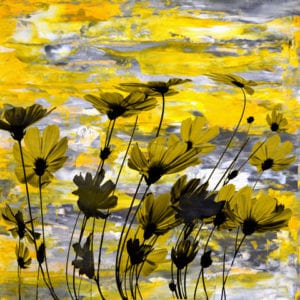
How did you become director for Artists United in the Fight for Cancer?’
Breast cancer is very personal to those that have survived it or lost a friend or family member, as I have. My hope was that by bringing artists together we could be a force to make people more aware of the importance of early detection. We initiated a yearly event for Mather Hospital and the Village of Port Jefferson called Paint Port Pink. I also organized a benefit for the Fortunato Breast Health Center at Mather Hospital as well as an art benefit titled, Through the Eyes of a Child. This benefit raised $20,000 for the art therapy program at Stony Brook University.
Do you feel that photography doesn’t get the respect in the art world that it should? If so, do you know the reason why?
Absolutely, especially digital photography because its legitimacy as a fine art is often questioned. Many galleries are still hesitant to include digital artists, although they admit its appeal and potential audience. They hesitate embracing it as they are uncertain they can adequately explain its process. The result leaves digital artists floundering for a position in the art community.
Do you have any exhibits coming up?
Currently I have a solo show at the Clovis Point Winery in Jamesport through April 23 with an artist reception on Saturday, April 21 from 2 to 4 p.m. During the months of April, May and June I’m exhibiting several pieces in joint shows at The Alex Ferrone Gallery in Cutchogue, The Long Island Museum in Stony Brook (LIMarts) and at Expressions Gallery in the Stony Brook Holiday Inn Express. If you can’t attend those exhibits you may see my work online at www.karynmannixcontempary.com of East Hampton or through my website, www.augustusmac.com.
This article was updated on May 3.


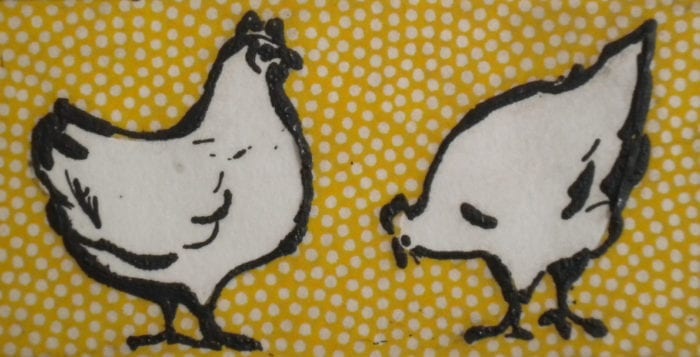
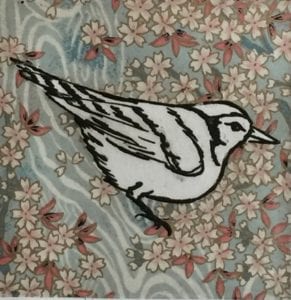
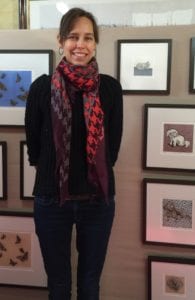
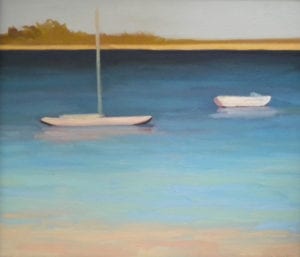
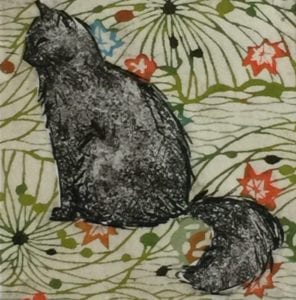
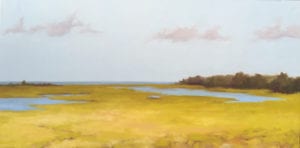 What are your plans for the future?
What are your plans for the future?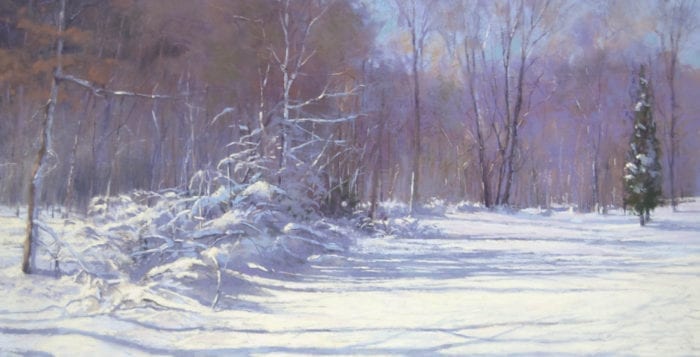
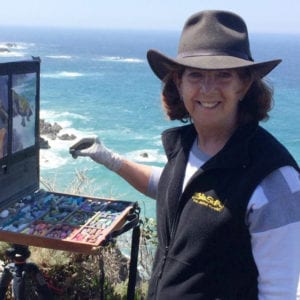
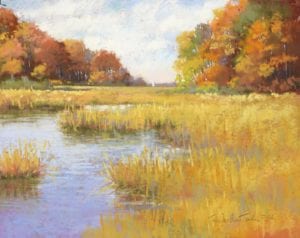
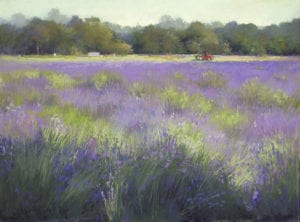
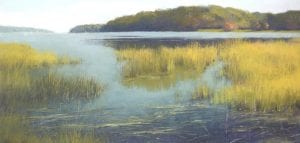
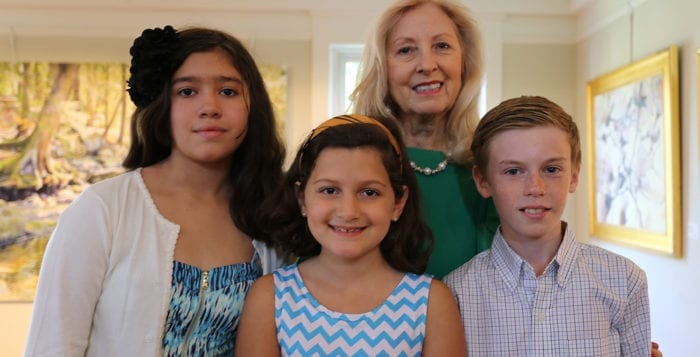
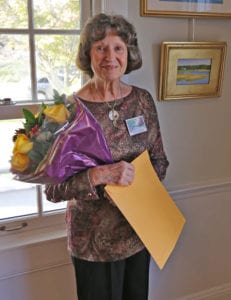
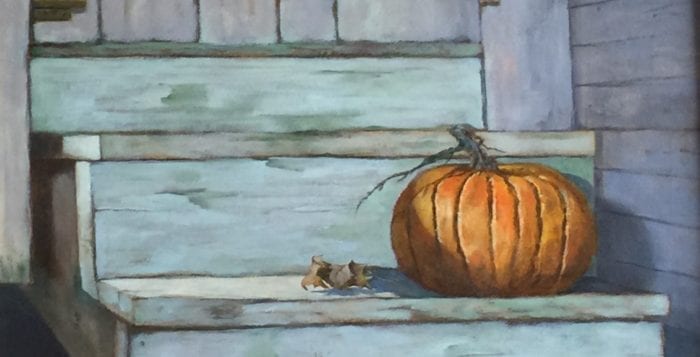
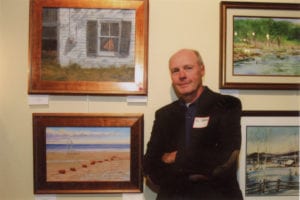
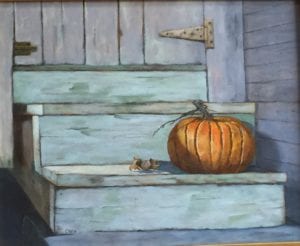
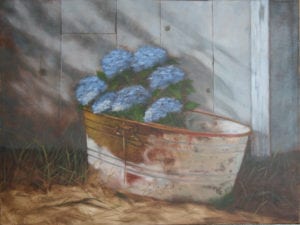
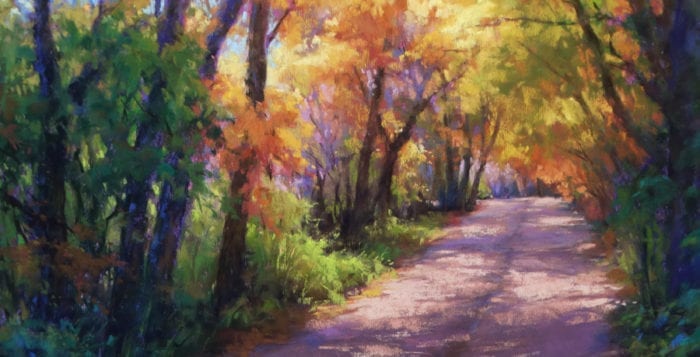
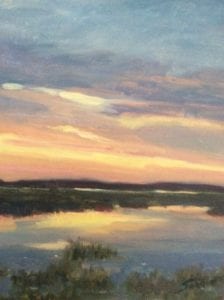
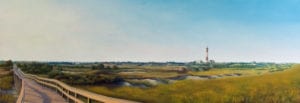
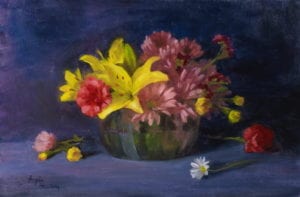
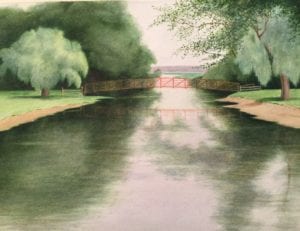
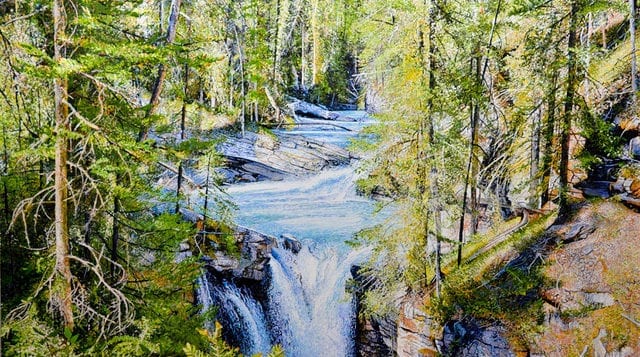
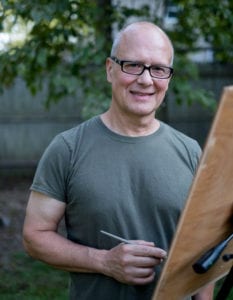 Ross Barbera, a graduate of Pratt Institute, is known for his representational acrylic paintings on canvas, watercolors on paper, original jewelry and digital and abstract art. Presently teaching at St. John’s University in the Art and Design Department in Queens where he was chairman for three years, Ross continues to win many juried awards and prestigious grants to pursue his prolific art career.
Ross Barbera, a graduate of Pratt Institute, is known for his representational acrylic paintings on canvas, watercolors on paper, original jewelry and digital and abstract art. Presently teaching at St. John’s University in the Art and Design Department in Queens where he was chairman for three years, Ross continues to win many juried awards and prestigious grants to pursue his prolific art career.